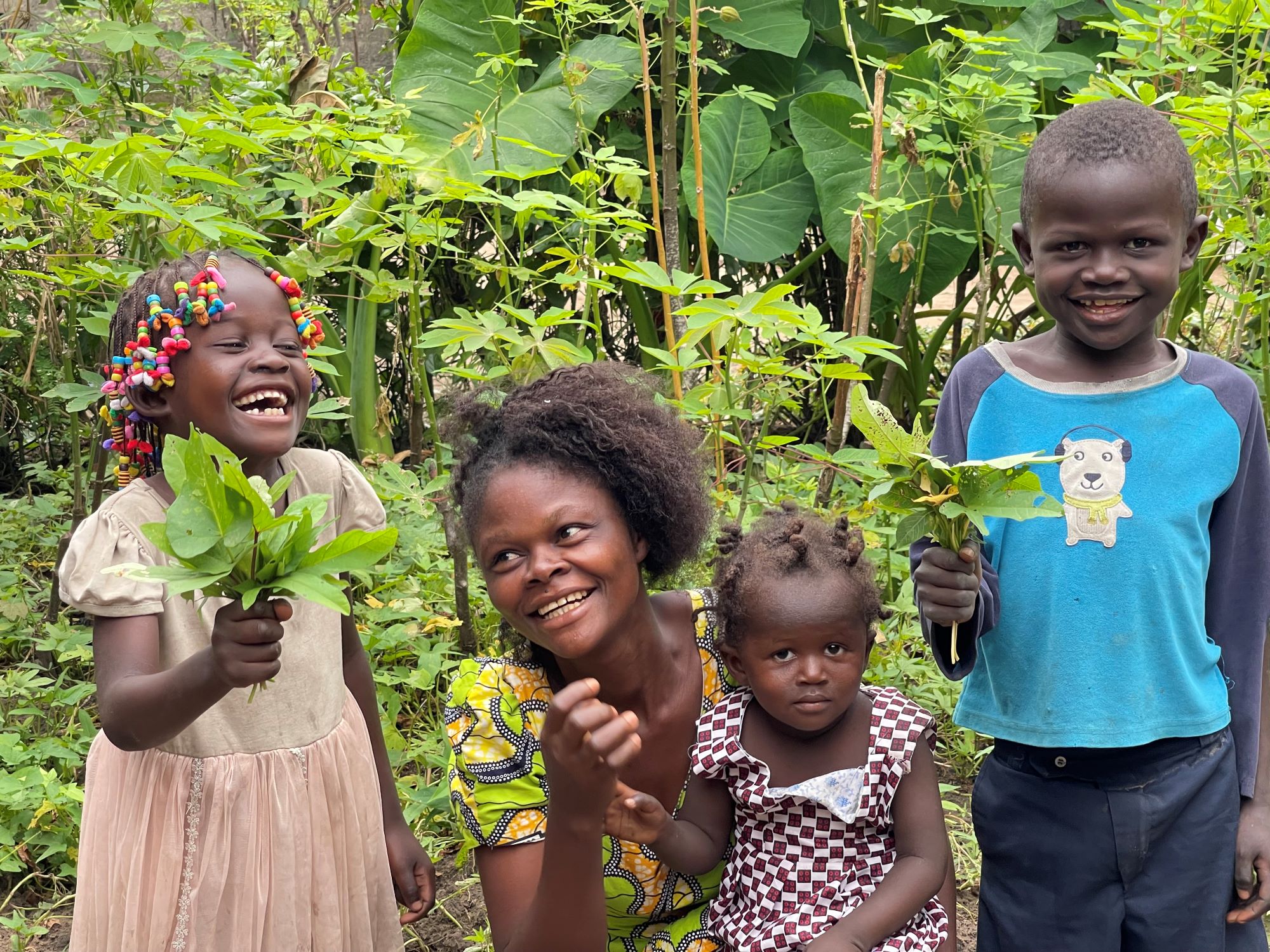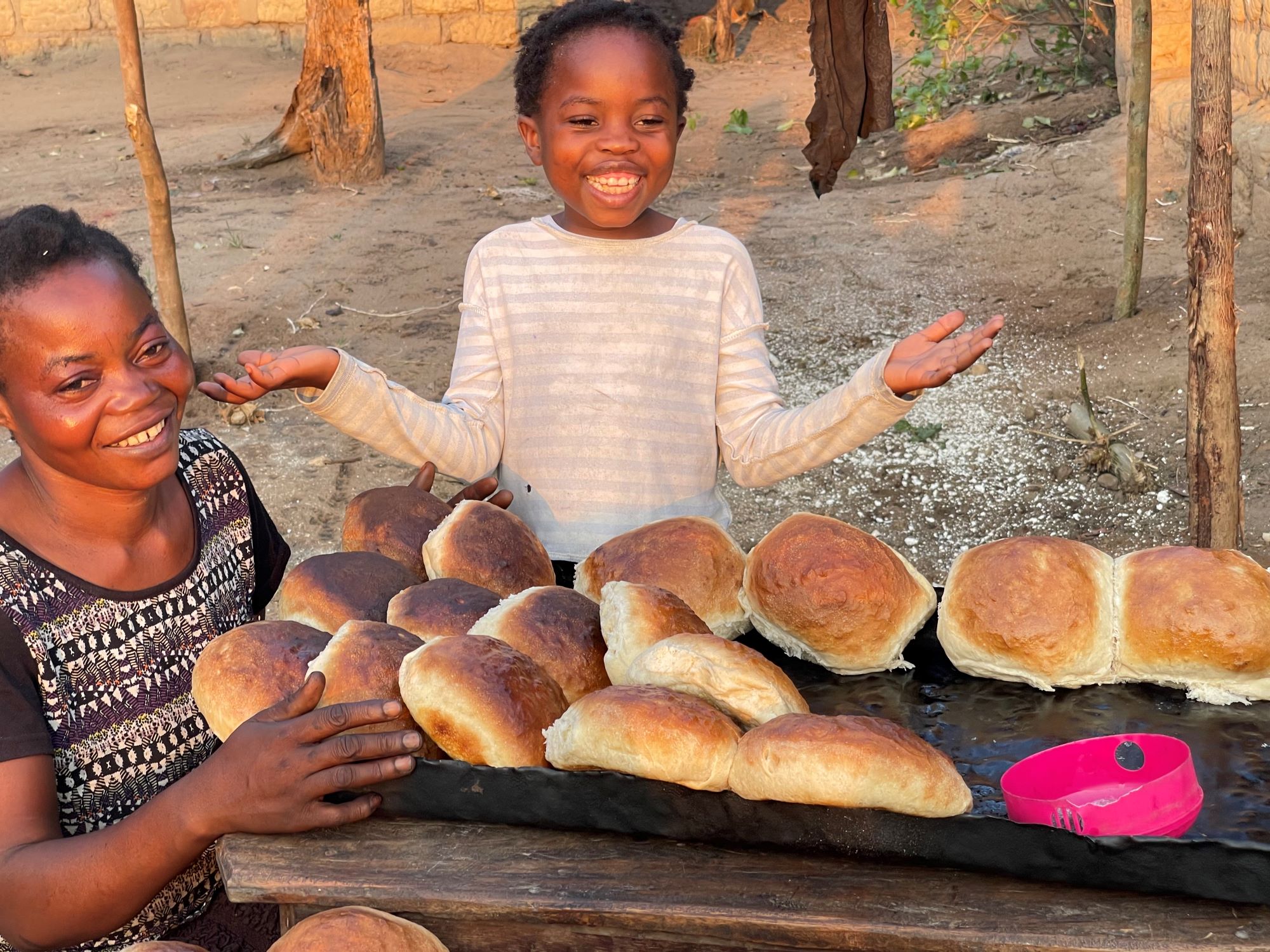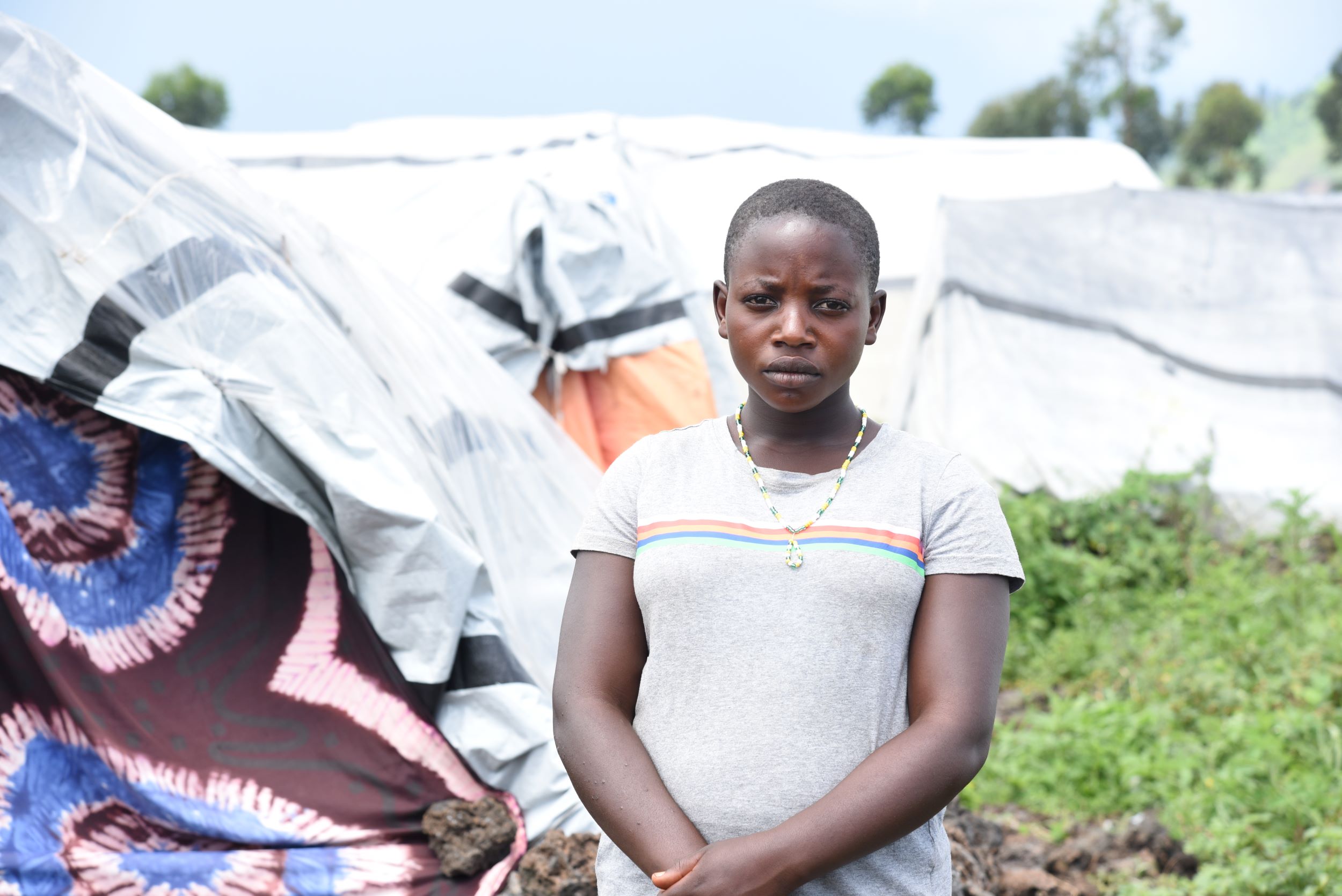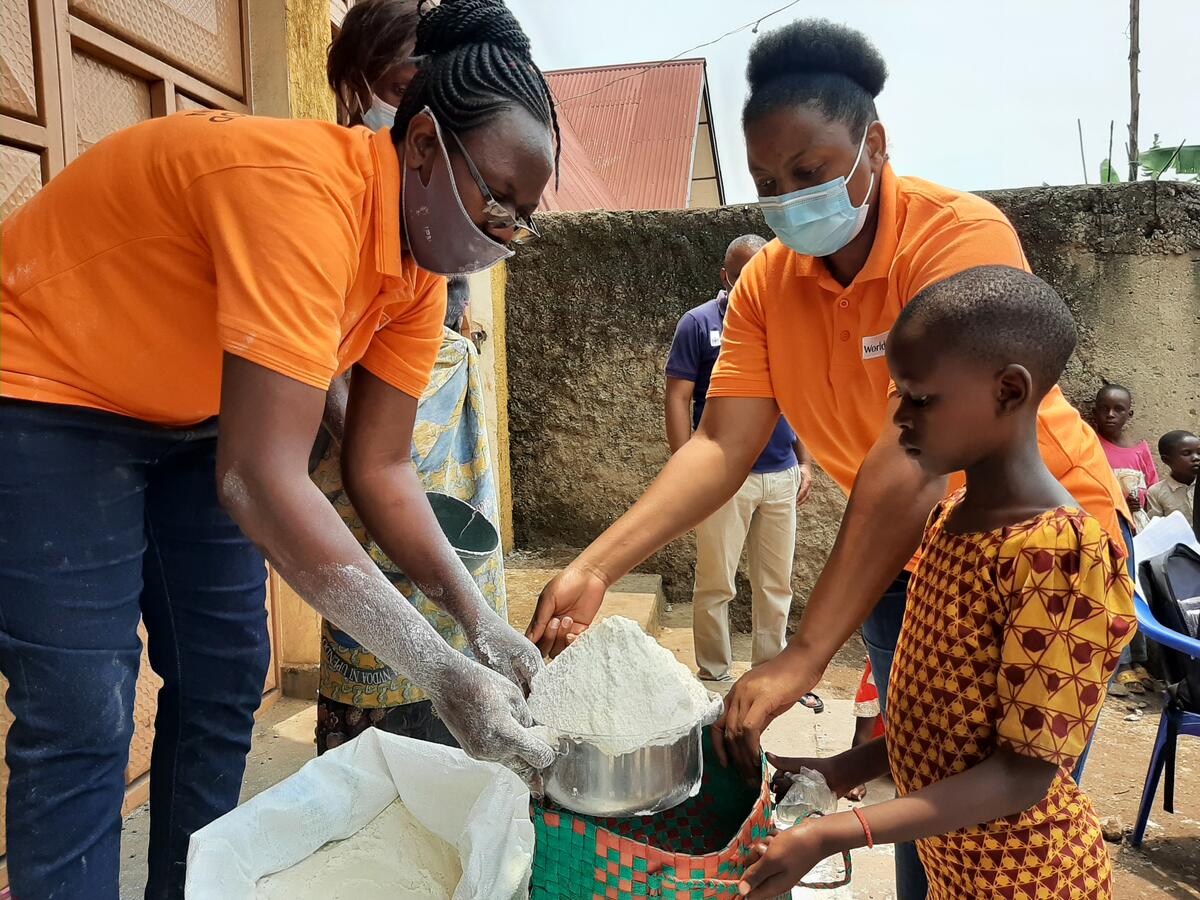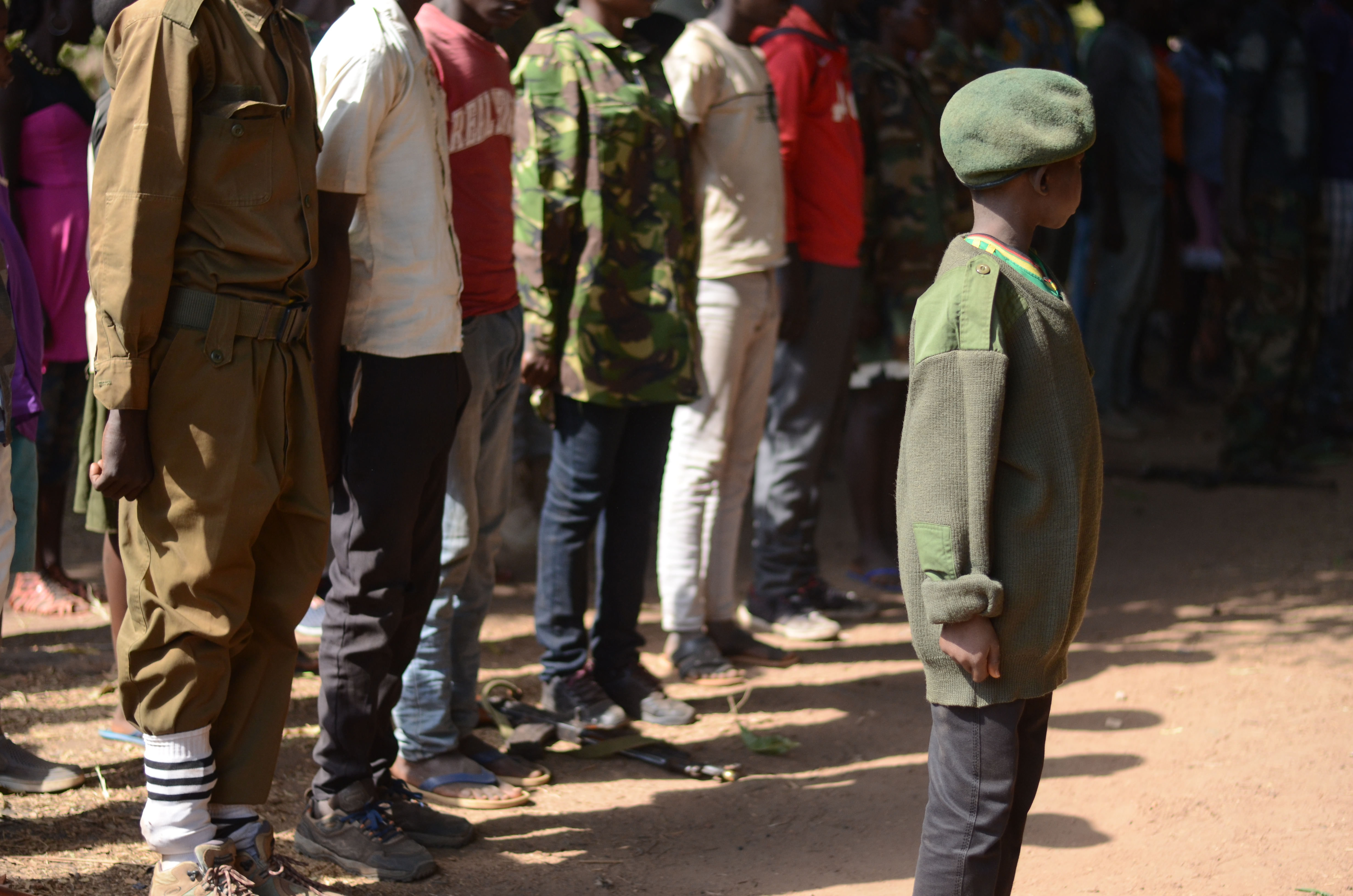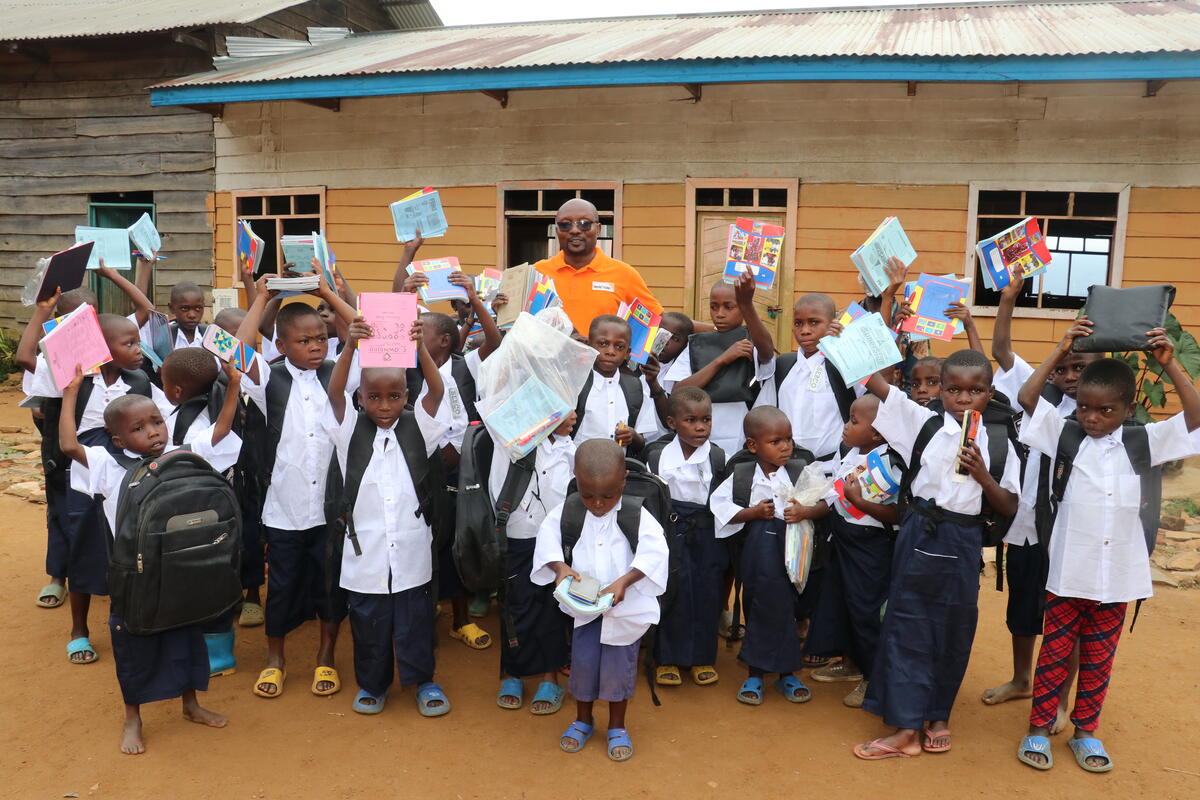
10 facts about the DRC
Discover facts about the Democratic Republic of the Congo and how you can help.
The Democratic Republic of the Congo (DRC) is facing a complex and prolonged crisis, with millions of children suffering from the impacts of armed conflict, hunger, disease and natural disasters. Ongoing conflict in Eastern DRC has meant children and families have been forced to flee their homes, putting them at higher risk of exploitation and sexual abuse.
Keep reading to discover 10 facts about the Democratic Republic of Congo and how you can protect children from harm.
1. The Democratic Republic of the Congo and the Republic of Congo are different countries.
There is a lot of confusion around the name of the Democratic Republic of the Congo, also referred to as DR Congo, DRC, Congo-Kinshasa, or simply Congo. But this is different to the Republic of Congo, often referred to as ROC or simply Congo.
These neighbouring countries are separated by the Great Congo River and can also be distinguished by their colonial history.
2. The DRC shares its borders with nine neighbouring countries.
Northern border: Central African Republic and South Sudan.
Eastern border: Uganda, Rwanda, Burundi, and Tanzania.
Southern border: Zambia and Angola.
Western border: Republic of Congo.
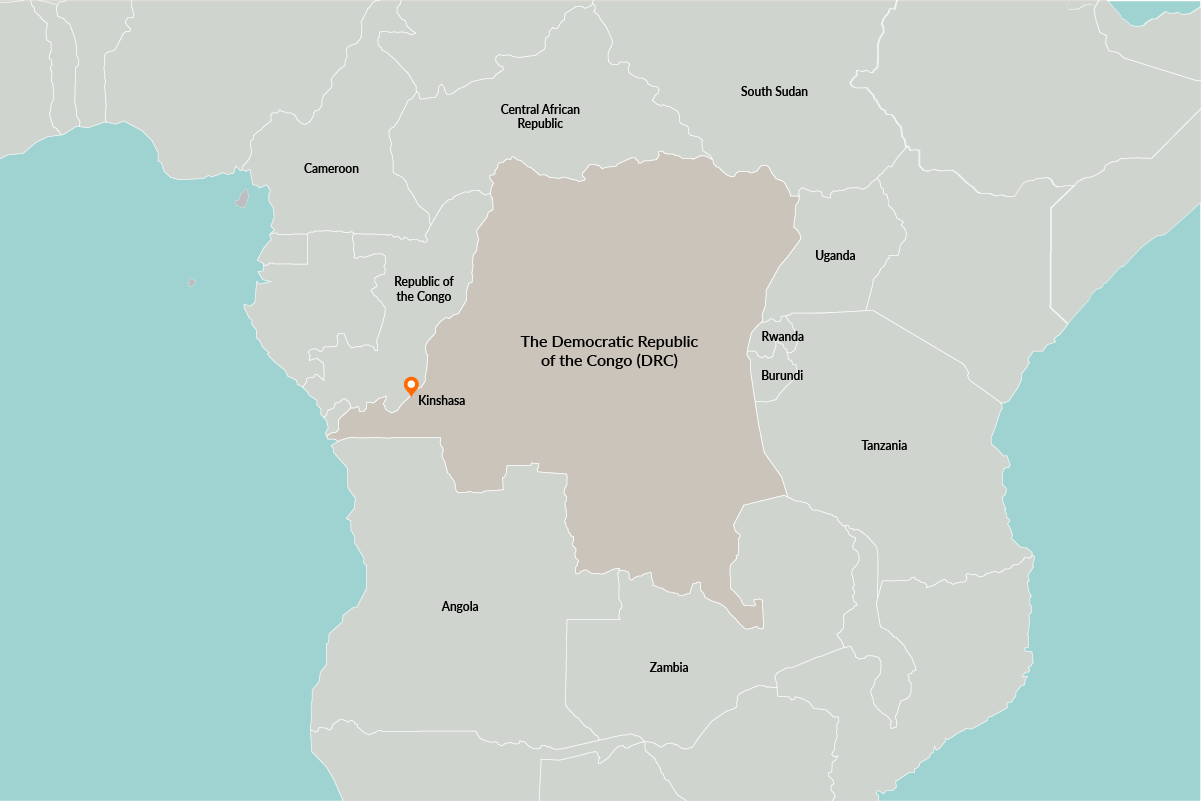
3. The country was colonised in the 1880s.
In 1885, Belgian King Leopold II claimed private ownership of the region, establishing the Congo Free State. His reign was marked by nationwide exploitation and abuses of human rights. After public pressure, King Leopold II was forced to pass ownership to the country of Belgium in 1906, naming it the Belgian Congo.
4. The country gained independence in 1960.
In 1960, the country secured its independence from Belgium, with Mobutu Sese Seko establishing a coup and seizing power from 1965. His reign has been referred to as a kleptocracy (a government who use their power to steal their country's resources).
During the 32 years he held power, Mobutu named the country Zaire, and left the country in billions of debt.
5. It is the second largest country in the continent, located in Central Africa.
The Democratic Republic of the Congo is the second largest country in Africa by area. It has an estimated population of 103.5 million, making it the fourth most populous country in Africa after Nigeria (225.8 million), Ethiopia (127.7 million), and Egypt (113.3 million).
The capital city, Kinshasa, is not only the largest city in the DRC but also one of the most populous cities in Africa.
6. French is the official language in the DRC.
Congolese people speak a range of languages across the nation. While French is the official language, there are four other national languages: Kituba, Lingala, Swahili, and Tshiluba.

7. 97% of 10-year-olds in DRC are in learning poverty.
Whilst access to learning has improved, especially for girls and young children, conflict and natural disasters are making it more and more difficult for children to access a quality education.
It is estimated that 97% of 10-year-olds living in DRC are in learning poverty, meaning they lack basic reading and writing skills. Missing out on an education puts children at a greater risk of exploitation, early marriage, and receiving less future employment opportunities.
READ MORE: How World Vision is protecting children around the world
8. Currently, there are 5.8 million internally displaced persons.
According to the United Nations, the DRC has the largest internally displaced population in Africa. More than 5.8 million people are displaced within their own country, while over a million people have fled to nearby countries.
Families are forced to flee their homes to escape armed conflict and insecurity, and face problems such as lack of nutritious food, safe drinking water, and healthcare. All of which increase children’s vulnerability to exploitation.
READ MORE: What is an internally displaced person?
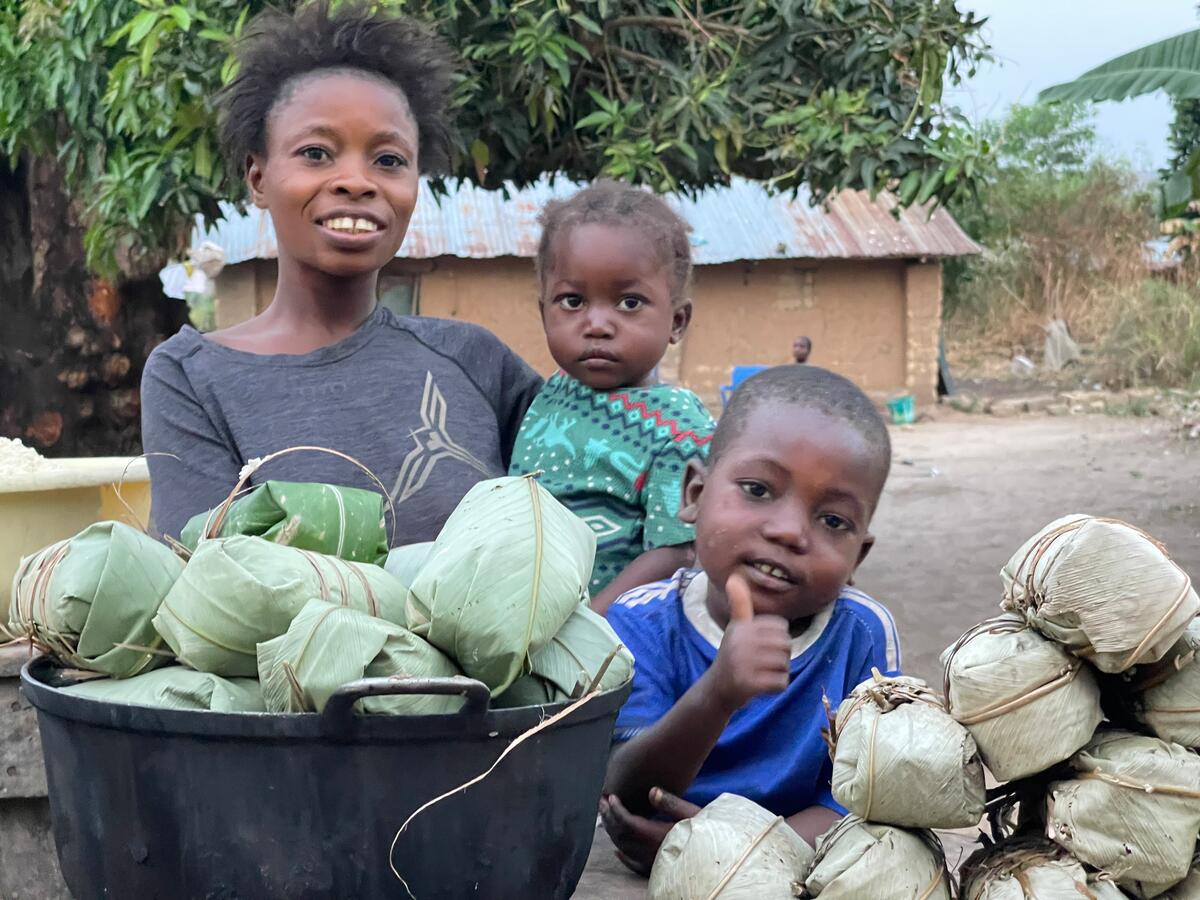
9. Over 25 million people face acute food insecurity in 2023.
The DRC is one of the countries in highest need of humanitarian assistance amid the global hunger crisis.
According to a World Vision report about global hunger perceptions, 72% of parents in the Democratic Republic of the Congo worried about finding the money to buy food for their family.
What is acute food insecurity? Acute food insecurity is defined as when a person has a sudden inability to eat enough of the right foods, leading to hunger and malnutrition. This may be a result of various factors, including conflict, natural disasters, and displacement.
READ MORE: How hunger impacts children in the DRC
10. World Vision has reached more than three million people.
Thanks to our generous supporters, our teams have been working in the DRC since 1984. In 2022, World Vision reached more than three million people through our life-saving efforts and programming.
Right now, our work is focused on reaching children among the DRC, which hosts the largest population of displaced people in Africa. We’re working with communities and local leaders to improve access to nutritious food, healthcare and education, as well as improving child protection measures.
We're working in some of the world's most dangerous places, where children are facing the worst hunger crisis in decades. We believe there is ENOUGH in this world for every child to have nutritious meals every day. Yet, around every 10 seconds a child dies from malnutrition.
You can join our community of supporters to say enough to child hunger. By donating today, you can be part of our work to break the cycle of hunger and malnutrition.

